
How COVID-19 Will Reinvent Your Shopping Experience
With over 40 retailers closing their doors and the holiday season upon us, here’s what you need to know about the status of California.
Pre COVID-19 shopping
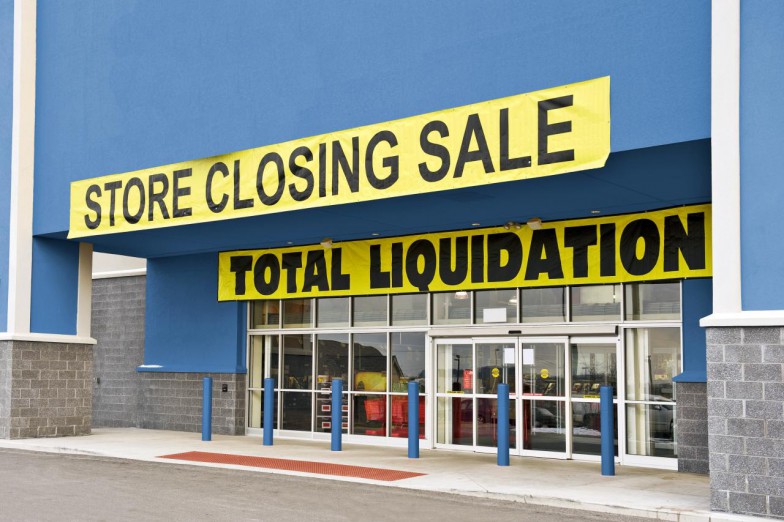
Coresight Research estimate, “A record 9,500 stores went out of business in 2019, which seemed massive — but as many as 25,000 could shut down permanently in 2020, mostly in malls.” Doug Whiteman, Editor-in-Chief, of MoneyWise reports 44 retailers who have filed for bankruptcy and have closed during the pandemic.
Top retailers that have closed some of their doors are department stores, discount retailers, and drugstore chains. The list includes Men’s Warehouse, New York & Company, Signet Jewelers, Bed Bath & Beyond, Bath & Body Works, Victoria’s Secret, GAP, JCPenny, The Children’s Place, Forever 21, Macy’s, Express, Nordstrom, Bloomingdale’s, Walgreens, CVS, and Office Depot, and more.
Your shopping before COVID was synonymous with the internet. “In 2019, a Poll by Marist College and National Public Radio (NPR) found that 76% of all United States adults shopped online, with 25% doing so at least once a month and 16% at least once a week” explains, Meaghan Brophy of Fit Small Business.
COVID-19 is happening

Dec. 31, 2019 – Chinese authorities alerted the World Health Organization of pneumonia cases in Wuhan City, Hubei province, China, with an unknown cause.
Nov. 19, 2020 – US total cases 11,674,074 and 18,504 deaths alone in California.
Nov. 20, 2020 – Gov. Gavin Newsom and the California Department of Public Health (CDPH) announce a limited Stay at Home Order requiring non-essential work, movement, and gatherings stop between 10 p.m. and 5 a.m. in counties in the purple tier.
Nov. 21, 2020 – The order will take effect Saturday and remain in effect until 5 a.m. December 21, 2020.
“As of this week, 41 counties representing roughly 94% of the state’s population, including Los Angeles, were in that “purple tier,” reports the LA Times.
Here’s a quick breakdown of the colored tiers:

Color
Description
Daily new cases (per 100k)
Purple – WIDESPREAD
Many non-essential indoor business operations are closed.
More than 7.0
Red – SUBSTANTIAL
Some non-essential indoor business operations are closed.
4.0-7.0
Orange – MODERATE
Some indoor business operations are open with modifications.
1.0-3.9
Yellow – MINIMAL
Most indoor business operations are open with modifications.
Less than 1.0
L.A. County reports over 5,000 new corona infections, shattering the daily record. “California has never experienced sustained daily case counts this high – even during the mid-summer surge, which previously stood as the most expansive and deadliest time of the COVID-19 pandemic.”
Post-COVID-19 shopping

With your favorite department stores closing and cases on the rise, it feels nearly impossible to create that end-of-the-year magic. People aren’t taking the risk of contracting the virus for an article of clothing or fragrant mist. Although the essential workers will continue their efforts to work and follow the strict CDC guidelines, it’s critical to abide by them too.

Only leave your home if it’s absolutely necessary. Most companies are adapting to buying practices that are currently knocking down the pillars of in-store experiences. The pandemic highlighted significant hurdles for the leaders in health care, education, and the economy.
While you do your part to flatten the curve, the stay-at-home order brings some positive alternatives. Most companies are adapting to curb-side pickups as an addition to online shopping. The latest stores to adapt to these buying practices are grocery stores.

Instacart
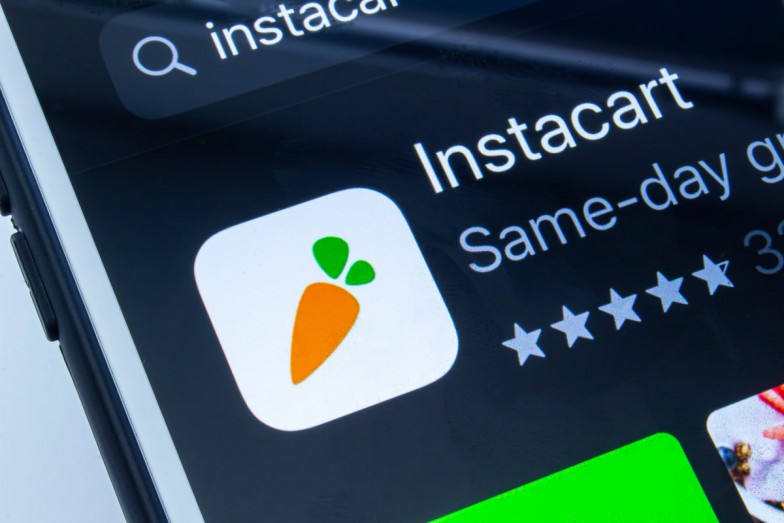
Operates as grocery delivery and pick-up service that allows customers to order groceries from participating retailers with the shopping done by a personal shopper. Their retailers include; Walmart, Vallarta, Ralph’s Sprouts, Smart & Final, Pavilions, Food4Less, BevMo, 99 cent store, Albertsons, Superior Grocers, Costco, CVS Pharmacy, Vons, Northgate Market, 168 Market, Stater Bros., El Super, Aldi, and even Petco.
Amazon
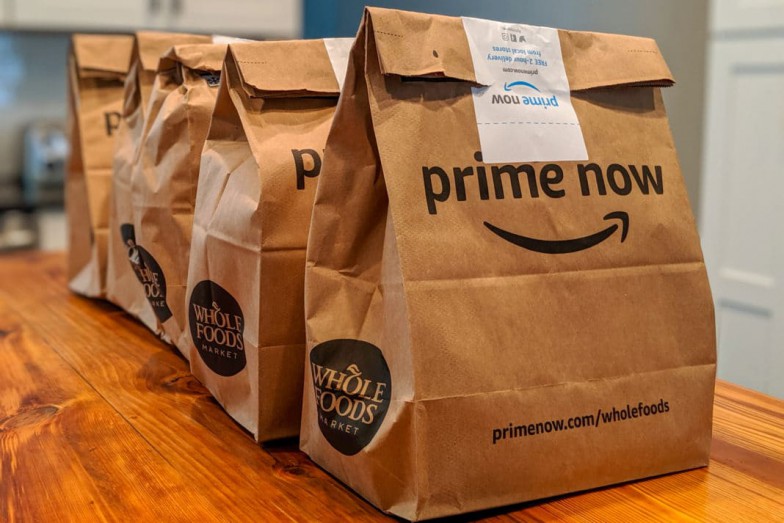
Subsidiaries include: Audible, Zappos, AbeBooks, Amazon Fresh, Whole Foods Market, and more, offer alternatives to in-store shopping. With their Prime Membership, you get the latest deals and fastest delivery options. When you order Whole Foods Market through Amazon, you have the option for free delivery or pickup.
eBay
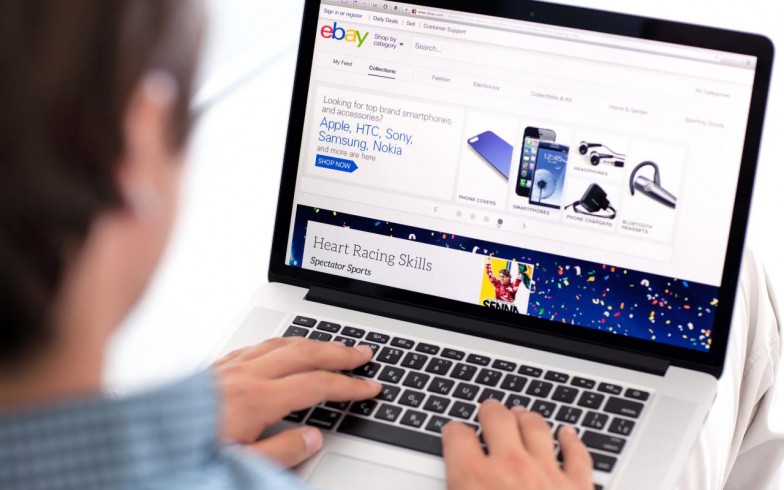
Where you can buy and sell new or used electronics, clothes, collectibles, and even cars. The self-proclaimed world’s largest online marketplace is still a viable option for deals, fashion, and electronics.
Etsy
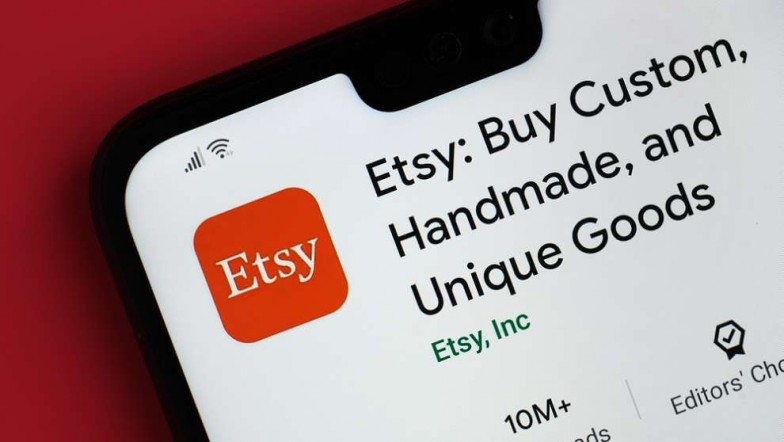
The online website that focuses on handmade or vintage items and craft supplies. The array of categories include; jewelry, bags, clothing, home decor, furniture, toys, art, and even craft supplies and tools.
ShopSavvy
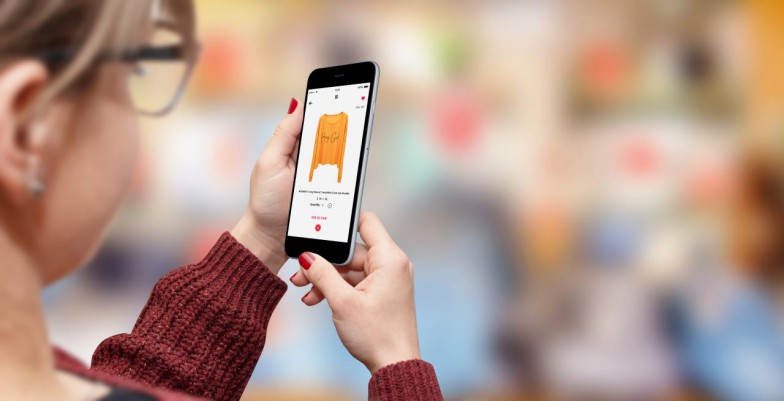
The free mobile app allows you to scan any barcode or search for any product and instantly find out which retailer offers the best price. The app scans millions of items from 40,000 stores, including your favorites: Amazon, Macy’s, Target, Best Buy, Walmart, and Newegg.
MOBILESTYLES

As the #1 health and beauty app in the nation, MOBILESTYLES is a platform that connects licensed health and beauty professionals with clients to provide in-home or in-office services. Clients can choose from over 200+ services nationwide! The app even has an ASAP feature, which allows clients to book professionals in minutes for those beauty emergencies!
Shopping experience

Despite the downfall of the in-store shopping experience, bask in the new and innovative way to shop. You have all the control with a few clicks of your phone. COVID-19 has confirmed the notion that staying home is not only safe, but it also saves lives. The new wave of technology is here, enjoy!






